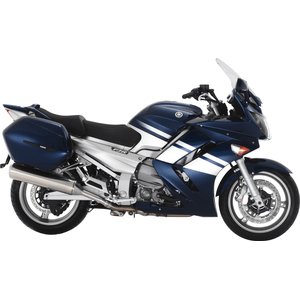Yamaha FJR 1300 (2013–2015): A Sport Touring Icon Revisited
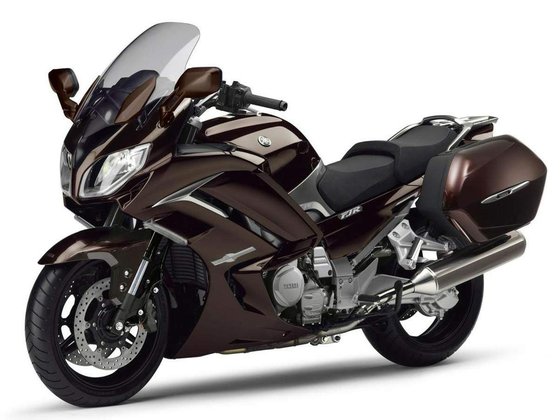
Introduction
The Yamaha FJR 1300 has long been a cornerstone of the sport-touring segment, blending razor-sharp performance with the comfort needed to devour continents. The 2013–2015 iteration represents a refined chapter in this model’s storied legacy, incorporating technological advancements and ergonomic tweaks that elevate its touring prowess without diluting its sporty DNA. Having spent days slicing through mountain passes and cruising highways on a 2014 FJR1300A, it’s clear why this machine remains a favorite among riders who refuse to compromise between adrenaline and endurance.
Design & Ergonomics: Touring Comfort Meets Aggressive Styling
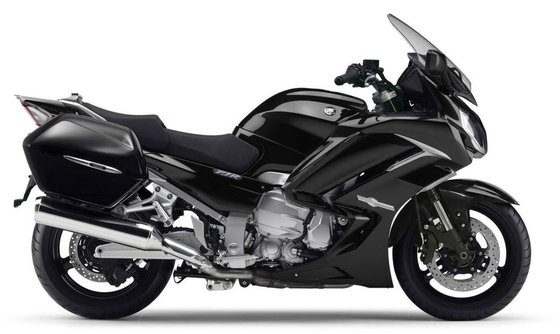
Yamaha’s updates to the FJR during this generation focused on adaptability. The redesigned bodywork isn’t just for show—it’s functional. The sharper LED front turn signals and twin-eyed headlights give the bike a modern, predatory stance, while the adjustable lower cowl panels redirect airflow to reduce buffeting.
Key Adjustments:
- Windscreen: The electrically adjustable screen moves twice as fast as earlier models and retains its position even after ignition-off—a small but brilliant touch for forgetful riders.
- Seat & Handlebars: The two-position seat (805–825.5 mm / 31.7–32.5 in) and three-way adjustable handlebars cater to riders from 5'6" to 6'2". After a 300-km (186-mile) stint, the seat’s dual-density foam struck a balance between support and plushness, though aftermarket pads could benefit those planning transcontinental trips.
- Luggage: The integrated 50L top case and 29L side bags (removable with handles) are spacious enough for weekend gear but feel quaint next to BMW’s 150L+ offerings.
Engine & Performance: Smoothness Redefined
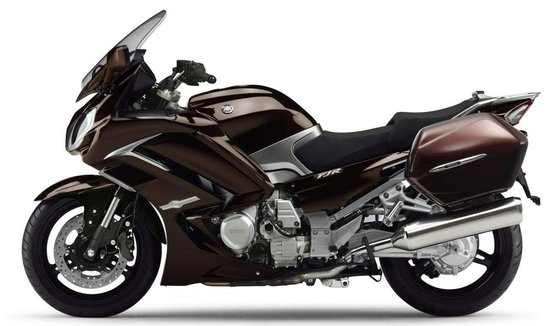
At the heart of the FJR lies its 1,298 cc inline-four, a masterpiece of refinement. With 145 hp (105.7 kW) and 125 Nm (92.2 lb-ft) of torque, the engine delivers power linearly, surging eagerly from 3,000 rpm onward.
Riding Modes & Throttle Response:
- D-Mode: Switching between Tour (T) and Sport (S) modes alters throttle response dramatically. In T-Mode, the bike feels like a relaxed grand tourer, smoothing out inputs for rain or fatigue. S-Mode sharpens reactions, making twisty roads a playground.
- Cruise Control: The thumb-operated system is intuitive, maintaining speed even on gradients. It’s a wrist-saver on monotonous highways.
The 5-speed transmission drew criticism for lacking a sixth cog, but the engine’s torque-rich character renders it moot. Fifth gear hums at 4,000 rpm at 120 km/h (75 mph), and overtakes require just a flick of the wrist—no downshifts needed.
Electronics & Features: Tech That Enhances, Not Distracts
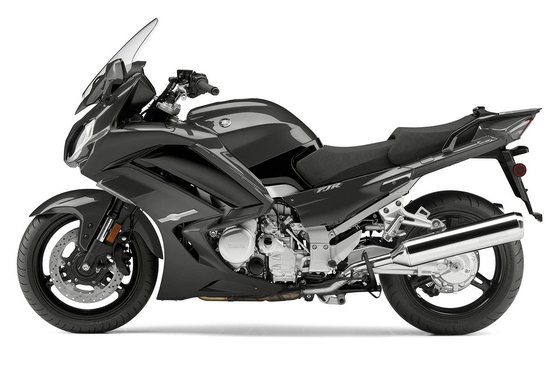
Yamaha avoided overcomplicating the FJR’s tech suite:
- Traction Control (TCS): Intervenes subtly, allowing minor wheel spin before adjusting throttle and ignition. Ideal for wet roads or gravel-strewn corners.
- Heated Grips: Three heat levels—adequate for chilly mornings but not Arctic expeditions.
- Instrument Cluster: The analog tach, digital speedo, and dot-matrix display (showing fuel, gear, and settings) are legible in all conditions.
Missing? Bluetooth connectivity. Riders craving music or navigation must rely on aftermarket solutions.
Handling & Suspension: Confidence at Speed
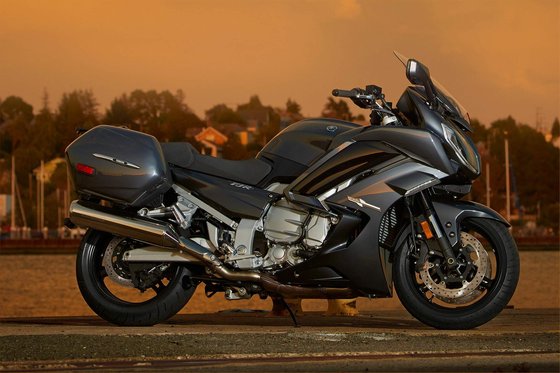
The FJR’s aluminum twin-spar frame and revised suspension strike a nuanced balance. The 48mm inverted forks and linked rear shock (preload + rebound adjustable) felt composed over rough pavement, though heavy braking revealed minor front-end dive.
Tire Notes:
- Bridgestone Battlax BT-023F: Stock tires provided ample grip, even when leaned hard into 180/55 ZR17 rubber. Expect 8,000–10,000 km (5,000–6,200 miles) before replacements.
Despite its 292 kg (644 lbs) wet weight, the FJR flicks through switchbacks with the agility of a lighter machine. The shaft drive eliminates chain maintenance, though it introduces slight driveline lurch during aggressive throttle transitions.
Competition: How Does the FJR Stack Up?
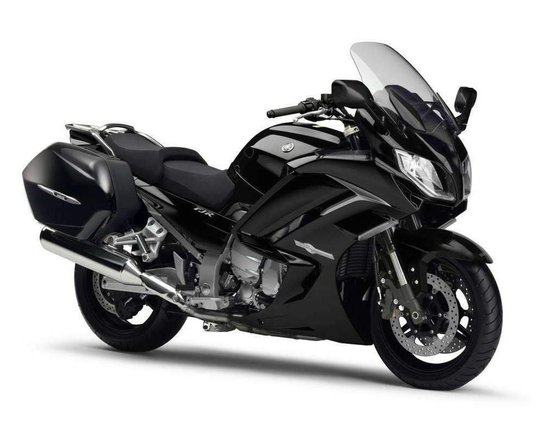
Kawasaki Concours 14 (2008–2020):
- Pros: 1,352 cc engine, 6-speed transmission, higher top speed.
- Cons: Heavier (334 kg / 736 lbs), chain drive, dated styling.
Honda ST1300 (2002–2012):
- Pros: V4 engine character, superb wind protection.
- Cons: Underpowered (126 hp), discontinued by 2013.
BMW K1600GT (2011–Present):
- Pros: 1,649 cc inline-six, premium tech, 160L storage.
- Cons: 319 kg (703 lbs), stratospheric price.
Verdict: The FJR splits the difference—lighter than the Concours, more engaging than the ST1300, and far more affordable to maintain than the BMW. Its lack of a sixth gear and modest storage are trade-offs for its mechanical simplicity and reliability.
Maintenance: Keeping the FJR in Prime Condition
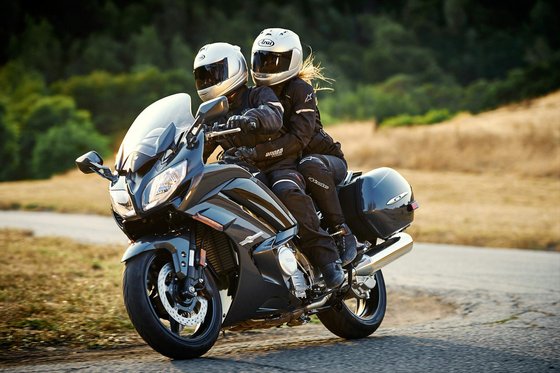
Critical Service Intervals:
- Oil Changes: Every 6,000 km (3,700 miles) with 4.0L of 10W-40 synthetic.
- Valve Inspections: Every 42,000 km (26,000 miles)—a notorious task requiring tank removal.
- Coolant: Replace every 48,000 km (30,000 miles) using ethylene glycol.
- Shaft Drive: Inspect seals and lubricate every 12,000 km (7,500 miles).
Recommended Upgrades from MOTOPARTS.store:
- Aftermarket Windscreen: A taller, wider screen (e.g., Puig Touring) reduces turbulence.
- Suspension Upgrades: Öhlins shocks for riders craving razor-edge damping control.
- LED Auxiliary Lights: Boost visibility for night touring.
Conclusion: The Sport-Touring Sweet Spot
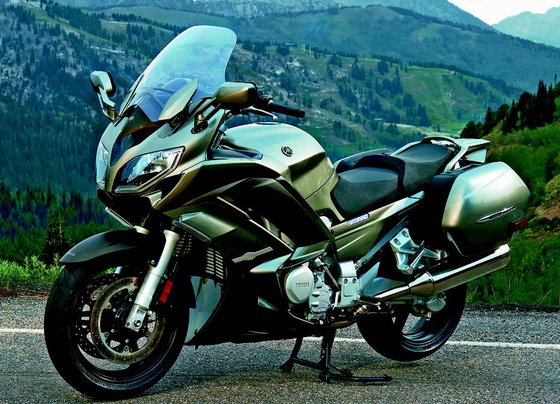
The 2013–2015 Yamaha FJR 1300 isn’t a revolution—it’s an evolution of a proven formula. It’s a bike that thrives on contradictions: docile enough for daily commutes, yet thrilling when the road tightens; tech-laden but never fussy. While rivals offer more power or luxury, the FJR’s blend of reliability, comfort, and accessible performance makes it a standout for riders who value substance over spectacle.
Whether you’re planning a weekend escape or a cross-country odyssey, this Yamaha ensures every mile is as engaging as the first. And when it’s time to personalize or maintain your FJR, MOTOPARTS.store has the expertise and parts to keep your journey uninterrupted.
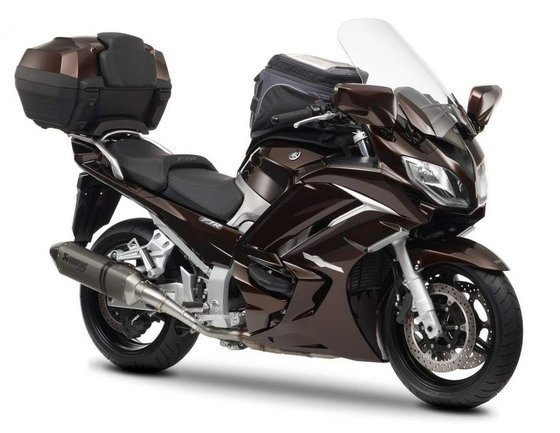






Specifications sheet
| Engine | |
|---|---|
| Stroke: | Four-stroke |
| Cooling: | Liquid |
| Max power: | 106 kW | 142.0 hp |
| Max torque: | 125 Nm |
| Fuel system: | Electronic Fuel Injection (YCC-T) |
| Lubrication: | Wet sump |
| Max power @: | 8500 rpm |
| Displacement: | 1298 ccm |
| Max torque @: | 6000 rpm |
| Configuration: | Inline |
| Compression ratio: | 10.8:1 |
| Number of cylinders: | 4 |
| Features | |
|---|---|
| Storage: | ['Integrated saddlebags (29L each)', '12V power outlet', 'Lockable glove compartment'] |
| Electronics: | ['Yamaha Chip Controlled Throttle (YCC-T)', 'Traction Control System (TCS)', 'D-Mode (Sport/Touring maps)', 'Cruise control', 'Heated grips (standard)'] |
| Adjustability: | ['Electronically adjustable suspension (ES/AS models)', '4-position preload/3-mode damping (ES models)', '6-position adjustable windscreen', '3-position adjustable handlebars', '2-position seat height'] |
| Dimensions | |
|---|---|
| Wheelbase: | 1544.3 mm (60.8 in) |
| Dry weight: | 264 |
| Wet weight: | 292 |
| Seat height: | 805-825.5 mm (31.7-32.5 in) |
| Overall width: | 749.3 mm (29.5 in) |
| Overall height: | 1455 mm (57.3 in) |
| Overall length: | 2230 mm (87.8 in) |
| Ground clearance: | 130 mm (5.1 in) |
| Fuel tank capacity: | 25 L (6.6 US gal) |
| Drivetrain | |
|---|---|
| Clutch: | Wet, multiple discs, hydraulic operated |
| Final drive: | shaft |
| Transmission: | 5-speed, hydraulic wet clutch |
| Maintenance | |
|---|---|
| Rear tire: | 180/55 z-17 |
| Engine oil: | 10W40 |
| Front tire: | 120/70 z-17 |
| Brake fluid: | DOT 4 |
| Spark plugs: | NGK CR8EA-9 or NGK CR8EAIX-9 |
| Spark plug gap: | 0.9 |
| Coolant capacity: | 2.6 |
| Engine oil capacity: | 4.0 |
| Final drive oil capacity: | 200 ml SAE 80 |
| Engine oil change interval: | Every 5000 km or 2 years |
| Throttle body sync interval: | 10,000 km (6,200 mi) |
| Valve clearance (intake, cold): | 0.15-0.22 mm |
| Valve clearance check interval: | 42,000 km (26,000 mi) |
| Valve clearance (exhaust, cold): | 0.18-0.25 mm |
| Recommended tire pressure (rear): | 2.9 bar (42 psi) |
| Recommended tire pressure (front): | 2.5 bar (36 psi) |
| Chassis and Suspension | |
|---|---|
| Rake: | 26° |
| Frame: | Aluminium twin-spar |
| Trail: | 109 mm (4.3 in) |
| Rear brakes: | Single 283mm disc, 2-piston caliper (ABS) |
| Front brakes: | Dual 320mm discs, 4-piston calipers (ABS) |
| Rear suspension: | Link-type monoshock, adjustable preload/rebound |
| Front suspension: | 48mm upside-down telescopic fork, adjustable preload/compression/rebound |
| Rear wheel travel: | 129 mm (5.1 in) |
| Front wheel travel: | 137 mm (5.4 in) |



